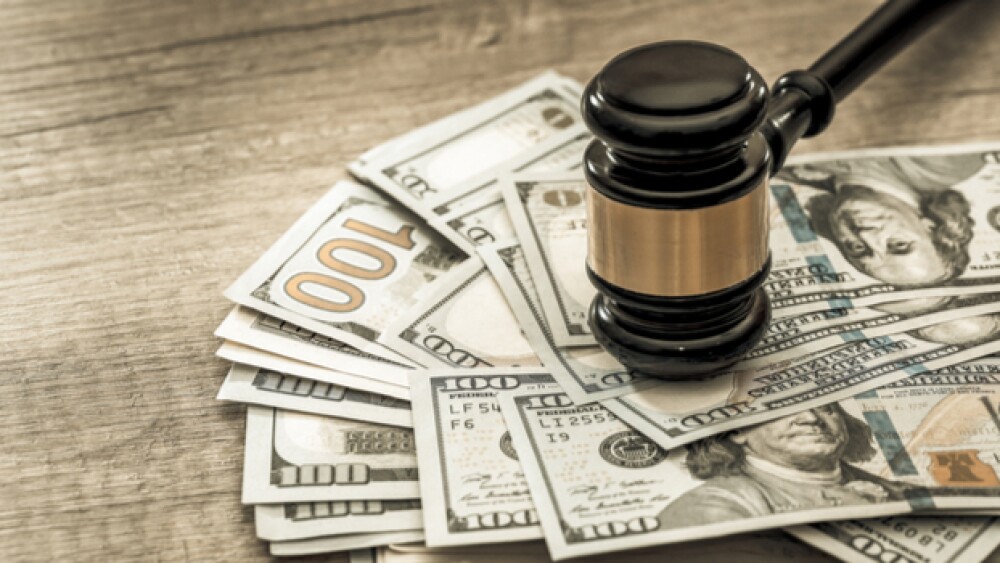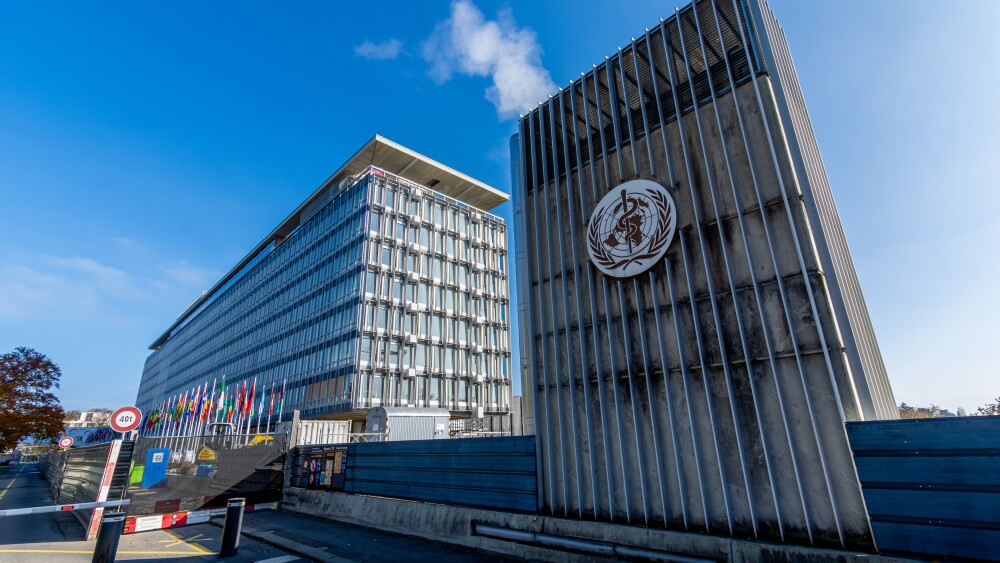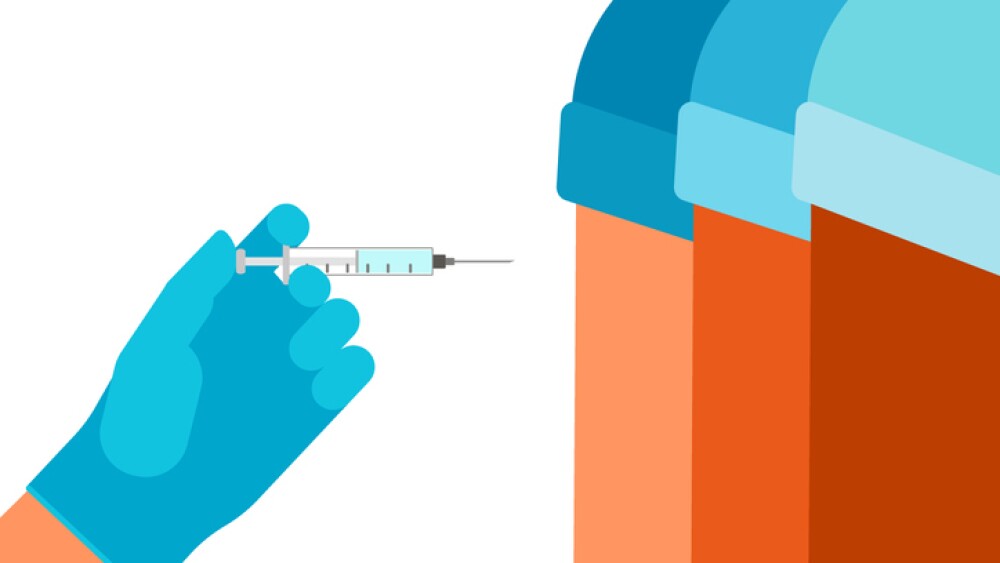It’s no secret that the pharmaceutical industry spends a significant amount of money lobbying state and federal governments to gain leverage that will benefit individual companies and the industry overall.
It’s no secret that the pharmaceutical industry spends a significant amount of money lobbying state and federal governments to gain leverage that will benefit individual companies and the industry overall.
New reports show just how significant that amount of money was for 2018. Last year, more than $220 million was spent attempting to sway lawmakers. PhRMA, the Pharmaceutical Research and Manufacturers of America, spent a record $27.5 million on lobbying efforts in 2018, beating the previous record set in 2009 ahead of the passage of the Affordable Care Act, Bloomberg reported. PhRMA is the trade association representing the pharmaceutical industry, and companies like Pfizer, Bristol-Myers Squibb, Johnson & Johnson, Eli Lilly and more. In 2009, PhRMA spent about $25 million lobbying the government, Bloomberg said.
The trade association spent $6 million in the fourth quarter of 2018 and $10 million in the third, as it lobbied the Trump administration and federal government over a myriad of policies, including the industry’s share of outlays in Medicare. PhRMA has been flexing its muscle as the administration and leading members of Congress have been rattling sabers over the price of prescription drugs in America.
But, it wasn’t just the trade association that spent millions upon millions of dollars attempting to sway lawmakers. Individual companies also piled on with their own resources. Citing the nonpartisan research group Open Secrets, CNN said the pharmaceutical and healthcare sector spent $194 million lobbying the government in 2018. That amount does not include the lobbying efforts of PhRMA. Open Secrets said two companies and another trade group led the pack when it came to spending on lobbying. Pfizer, Amgen and Biotechnology Innovation Organization (BIO) were the top spenders.
The reporting of lobbying expenses comes as the industry continues to come under fire from lawmakers over pricing practices. A report released this week by the nonprofit Health Care Cost Institute that showed the price of life-saving insulin doubled between 2012 and 2016 will certainly cause more legislators to take a look at pricing concerns.
Last year, President Trump proposed changes to overhaul how Medicare pays for prescription drugs – which is something that PhRMA has been paying close attention to. The proposed changes include the negotiation of prices for some medications that are administered by doctors, in order to keep the prices in line with the lower drug prices in other countries. By negotiating the price of drugs, the White House believes that could save Medicare more than $17 billion over five years.
Just this month, the House Committee on Oversight and Reform launched an investigation into prescription drug pricing practices. As part of the investigation, Chairman Elijah Cummings issued letters to 12 drug makers to seek information about the pricing practices, as well as investments in R&D and corporate strategies to preserve market share. The letters were sent after many companies, such as Pfizer, Amgen and Johnson & Johnson, already announced planned price increases for branded drugs in the United States. According to the committee, about 94 percent of branded drugs on the market between 2005 and 2017 saw their prices more than double during that time. Those price increases have negatively affected Medicare Part D spending by the government, as well as out-of-pocket costs for Medicare recipients. Between 2011 and 2015, the percent of Medicare patients who paid more than $2,000 from their own pockets more than doubled, the committee said.





